A journey to the past ages exploring relevance of Ramayana’s Aranya Kanda in the present day city of Nashik.
Excerpts from the Book – Cultural Diaries
(2) SPIRITUAL DISCOVERY
RAMAYANA’S ARANYA KANDA
The birthplace of great importance associated with Lord Rama in India is Ayodhya. The route taken during his exile starts from Prayag (present-day Allahabad) and goes south to Rameshwaram. The dandakarnaya (big forest) mentioned in the Aranya Kanda section of the epic Ramayana was a vast forest area that covers the present-day states of Chattisgarh, Odisha, Maharashtra, Telangana and Andhra Pradesh. Panchavati that was mentioned in the epic is in Nashik, in northwest Maharashtra. It has been a place of pilgrimage through time immemorial. Legend says that Lord Rama stayed here for some time, along with Sita and Lakshmana. Some distance away from the city is Tapovan, wherein lies the house built by Rama and his companions to stay during exile. Lakshmana cut off Surpanakha’s nose (‘nak’ in Hindi, ‘nasik’ in Sanskrit) at this place and threw it into the Godavari river. Hence this town came to be called as Nashik.
The third-largest city in Maharashtra, Nashik is known as the wine capital of India as half of India’s grapes are grown here in the lush mountainous terrain. Currently, it is not accessible by train or plane from Bengaluru. So since it was immediately not feasible to drive or hire a taxi or board an overnight bus, the next best solution was to book myself on a flight or take a train to Pune (or Mumbai). Taking a flight, I landed in Pune with my mother a day before and stayed at a cousin’s house.
The next day, in the wee hours of the morning, we hired a round trip taxi to Nashik. We covered a distance of 200 odd kms in about four and a half hours, along with a half-hour stop for breakfast. Our driver, a middle-aged man, had chosen this profession not only to satiate his hunger for travel, but also to get acquainted with the cultural and historical sites of India. His abundant knowledge made for interesting conversation throughout the trip. Here I was again, as a pillion backseat passenger, this time with my mother in tow, on another trip to check out the Aranya Kanda of the mythological story of Rama in present-day Nashik……….
Ramayana, is a maha kavya or an epic poetic story. The central theme is the conquest of right over evil. Lord Rama is the upholder of righteousness and virtue who brings about the downfall of Ravana, the King of Rakshasas, who misused his enormous power to satisfy his lustful greed. Sage Valmiki composed it in 24,000 verses and wrote Rama’s life history in seven kandas or books.
Aranya Kanda records Lord Rama’s time in the forest. It forms the third kanda, the first two being Bala Kanda and Ayodhya Kanda, and the others are Kishkindha Kanda, Sundara Kanda, Yuddha Kanda and Uttara Kanda. As the Indian scriptures cite, forests serve as a treasure trove of vital knowledge. Aranya Kanda provides a glimpse of not only Valmiki’s exemplary poetic writing skills, but also highlights the ecological framework prevalent during the period……

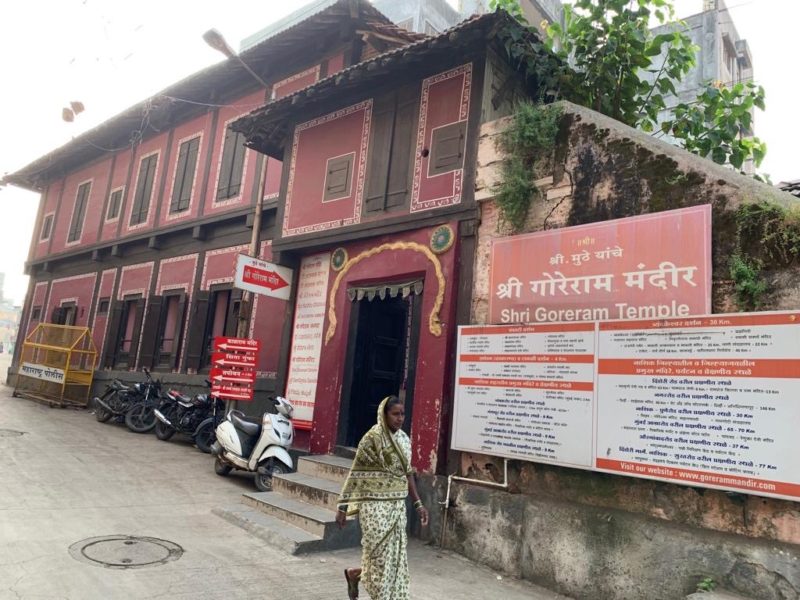
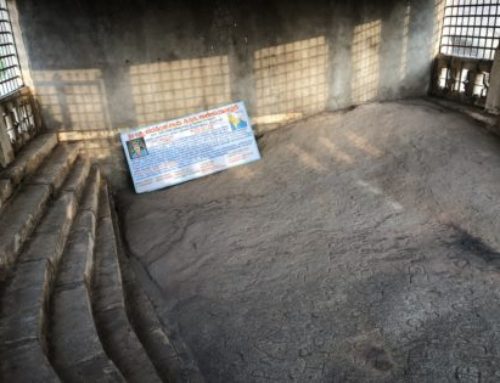
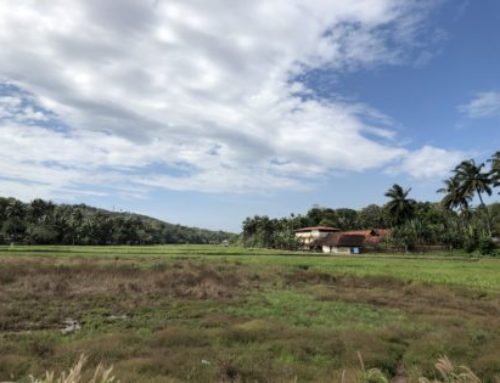
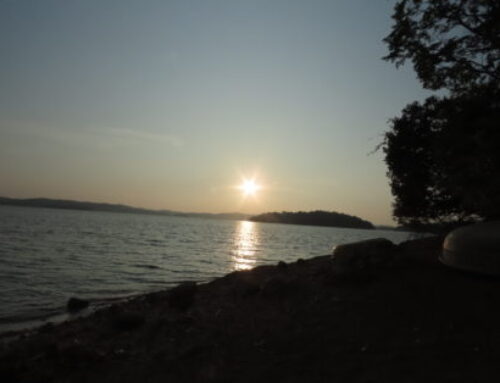



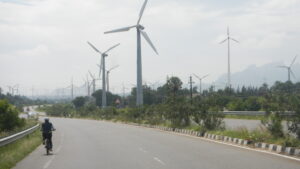

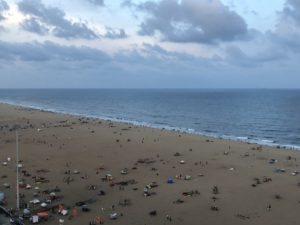
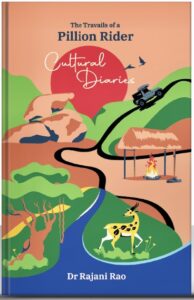
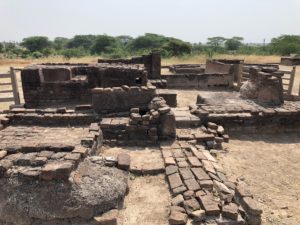


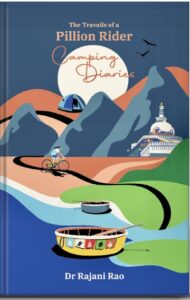
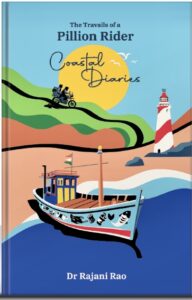
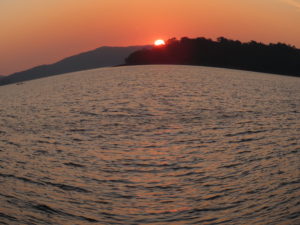
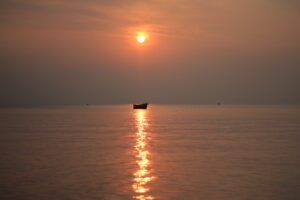
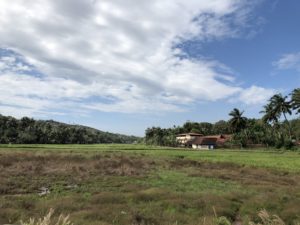

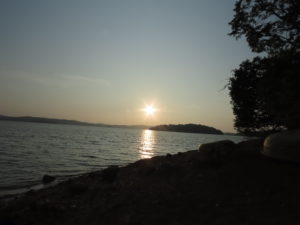

Leave A Comment